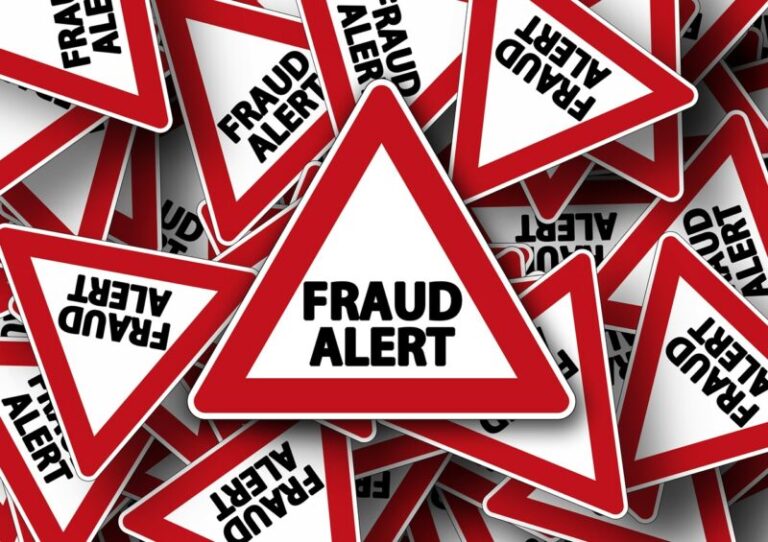
Safety First: Understanding Safety Signage Compliance for Charitable Organizations
Charity is a noble step where you aim to help others who are in need. From charitable organisations to events, there are good intentions and the well-being of others under consideration. In such setups, being compassionate about the security of people is equally important.
Safety signs are one such addition that can easily improve charitable endeavours, assist with compliance and safeguard everyone. These signs are indispensable in Charitable Organizations. Now, here’s a quick guide on the role of safety signs and how you can use them:
1. A Culture Of Safety
A Charitable Organization, or NGO, with its physical hub, is often bustling with people. There will be staff, volunteers, visitors, and donors or benefactors. Therefore, for such a busy location, it is integral to add Safety Signs. It helps promote a safer culture.
With easy-to-understand signs and instructions, people can easily mitigate any potential harm. For example, information on routes, emergency exits, and fire safety would be great in case of an emergency. With adherence to signs like ‘No Smoking,’ you can further ensure safety protocols.
2. The Legal And Ethical Implications
Setting up a Charitable Organization can come with an array of challenges. A few of these are regarding legalities and ethical approvals. Safety signs can assist in getting these approvals faster, especially if these are under the laws and regulations of the area.
As mentioned earlier, there will be many people in such areas, and it is important to clear all the regulations with flying colours so that you can begin doing good in the world. Also, make sure that the signs that you use meet OSHA or ISO standards.
3. The Safety Signs That You Need
A Charitable organisation might need different types of signs, depending on its structure. Fire safety, fire equipment, and exit (emergency) route signs are necessary. Other than that, you can have mandatory or prohibition signs like ‘No Entry Without Face Masks, No Smoking, etc.’
These can help set up certain practices and codes of conduct in the organisation and help regulate everything better.
4. The Placement And Visibility Of Signs
Don’t forget that Safety signs require proper installation. They need to be at the view level of the majority of the crowd with maximum visibility. Moreover, you can and should invest in illuminating signs for dark or dimly lit areas. Moreover, these signs need to be available in common areas, kitchens, workshops and other locations with proper signage.
Clear fonts, and if there is a different commonly spoken language, then that should be in the signs as well. You can overlook the literacy level, but make sure to not overlook symbols and images.
5. Training & Awareness For Safety Signs
Installing safety signs is not enough for a Charitable Organization. To ensure that you gain complete compliance, it is pivotal for the staff, volunteers and stakeholders to know about these signs. Their placements, and also how to follow them, are essential knowledge for everyone associated with a Charitable Organization.
Proper training, education, or drills can help cultivate a strong sense of duty and a calmer response when any emergency or hazard may arise. It is part of ensuring a safer workspace.

